Filter News
Area of Research
- (-) Clean Energy (49)
- (-) Materials (54)
- Advanced Manufacturing (3)
- Biological Systems (2)
- Biology and Environment (4)
- Building Technologies (2)
- Climate and Environmental Systems (2)
- Computational Biology (1)
- Energy Frontier Research Centers (1)
- Fossil Energy (1)
- Fuel Cycle Science and Technology (1)
- Fusion and Fission (1)
- Fusion Energy (1)
- Isotopes (1)
- National Security (4)
- Neutron Science (27)
- Nuclear Science and Technology (14)
- Nuclear Systems Modeling, Simulation and Validation (1)
- Sensors and Controls (2)
- Supercomputing (23)
News Topics
- 3-D Printing/Advanced Manufacturing (4)
- Bioenergy (2)
- Biology (1)
- Biomedical (3)
- Chemical Sciences (1)
- Climate Change (1)
- Composites (3)
- Computer Science (2)
- Critical Materials (1)
- Cybersecurity (1)
- Energy Storage (2)
- Environment (2)
- Fusion (1)
- Grid (3)
- Isotopes (5)
- Materials Science (7)
- Mercury (1)
- Microscopy (4)
- Nanotechnology (6)
- Neutron Science (3)
- Nuclear Energy (2)
- Partnerships (1)
- Physics (4)
- Polymers (3)
- Security (2)
- Space Exploration (2)
- Summit (1)
- Transportation (5)
Media Contacts

A collection of seven technologies for lithium recovery developed by scientists from ORNL has been licensed to Element3, a Texas-based company focused on extracting lithium from wastewater produced by oil and gas production.

Electric vehicles can drive longer distances if their lithium-ion batteries deliver more energy in a lighter package. A prime weight-loss candidate is the current collector, a component that often adds 10% to the weight of a battery cell without contributing energy.

A team of scientists has for the first time measured the elusive weak interaction between protons and neutrons in the nucleus of an atom. They had chosen the simplest nucleus consisting of one neutron and one proton for the study.
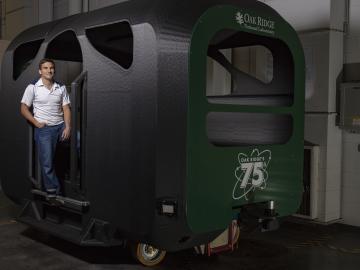
Arriving at Oak Ridge National Laboratory in late 2017 as a vehicle system engineer, Adian Cook could not foresee then that he would soon be the example of what happens to a research career when one is in the right place at the right time. But perfect timing is exactly what transpired for Cook as me...

Scientists at the Department of Energy’s Oak Ridge National Laboratory have created a recipe for a renewable 3D printing feedstock that could spur a profitable new use for an intractable biorefinery byproduct: lignin.
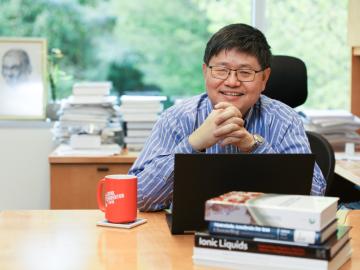
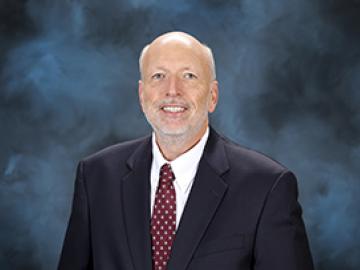
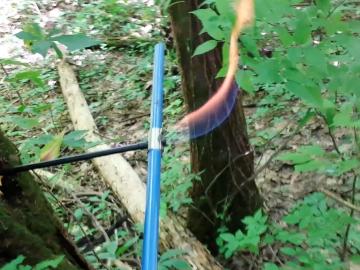
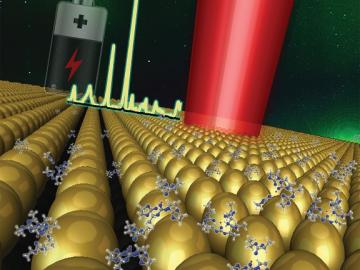
By studying the inner workings of lithium-ion batteries, Oak Ridge National Laboratory researchers have developed a highly sensitive technique to characterize and measure at the electrolyte and electrode interface.
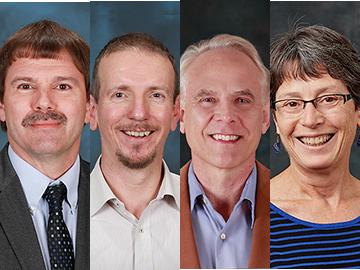
Four researchers at the Department of Energy’s Oak Ridge National Laboratory have been elected fellows of the American Association for the Advancement of Science (AAAS). The AAAS is the world’s largest multidisciplinary scientific society and publisher of the Sci...




